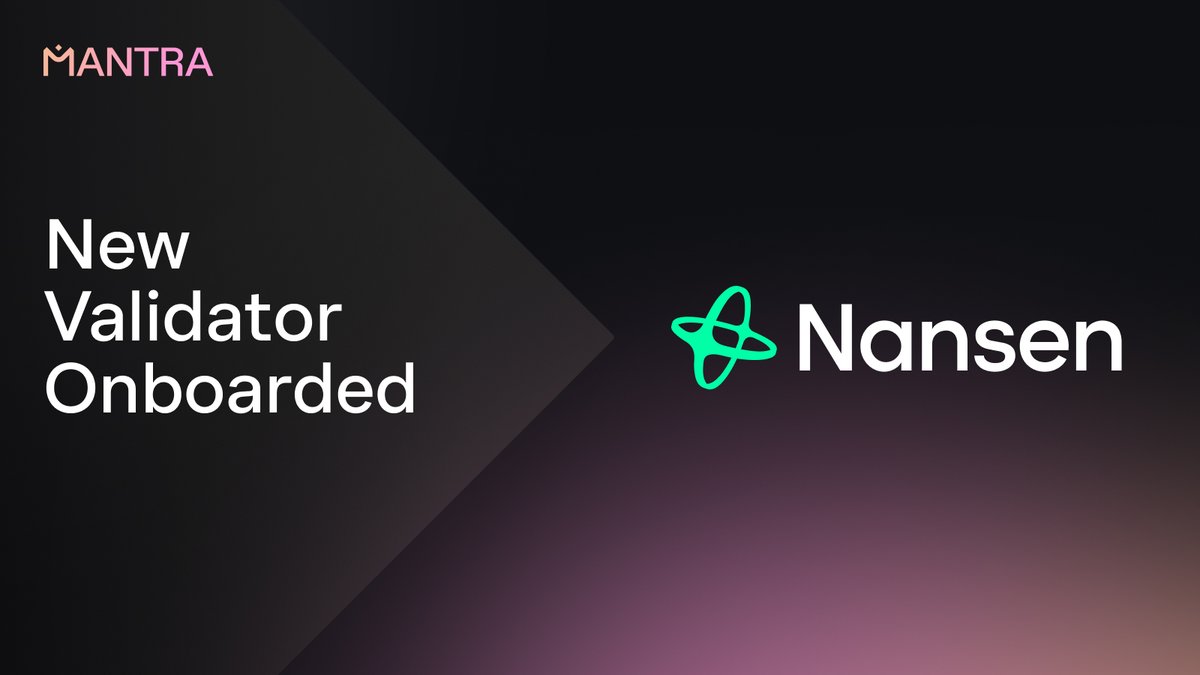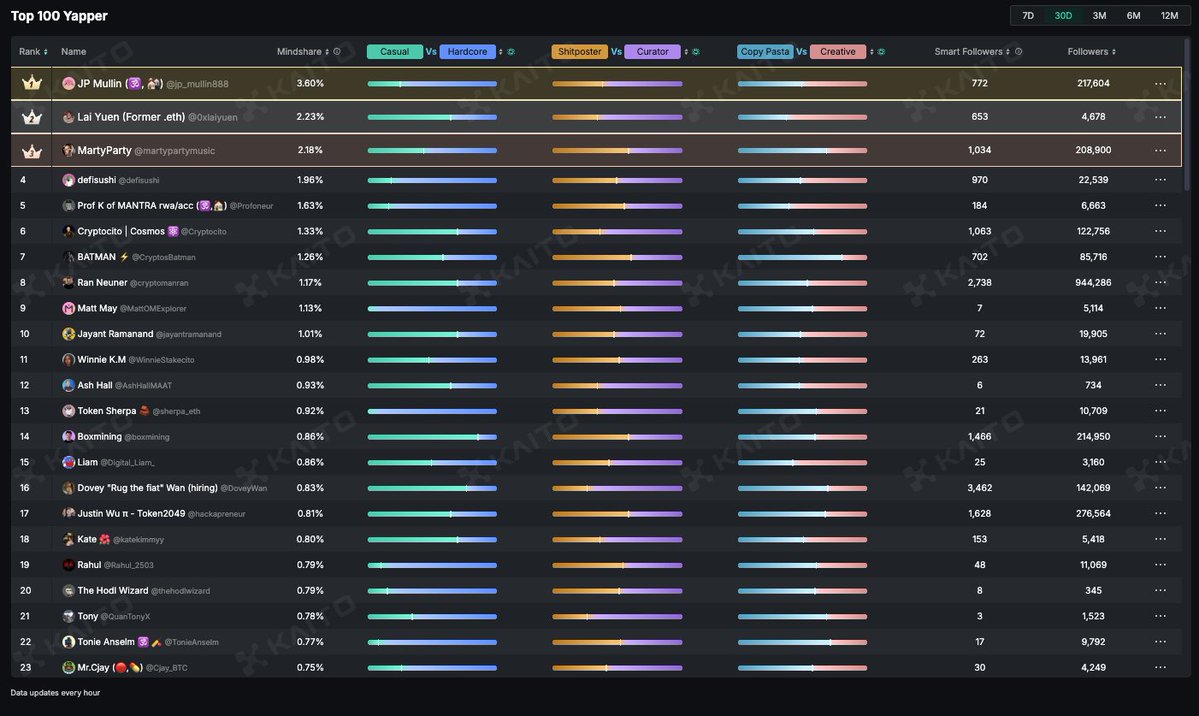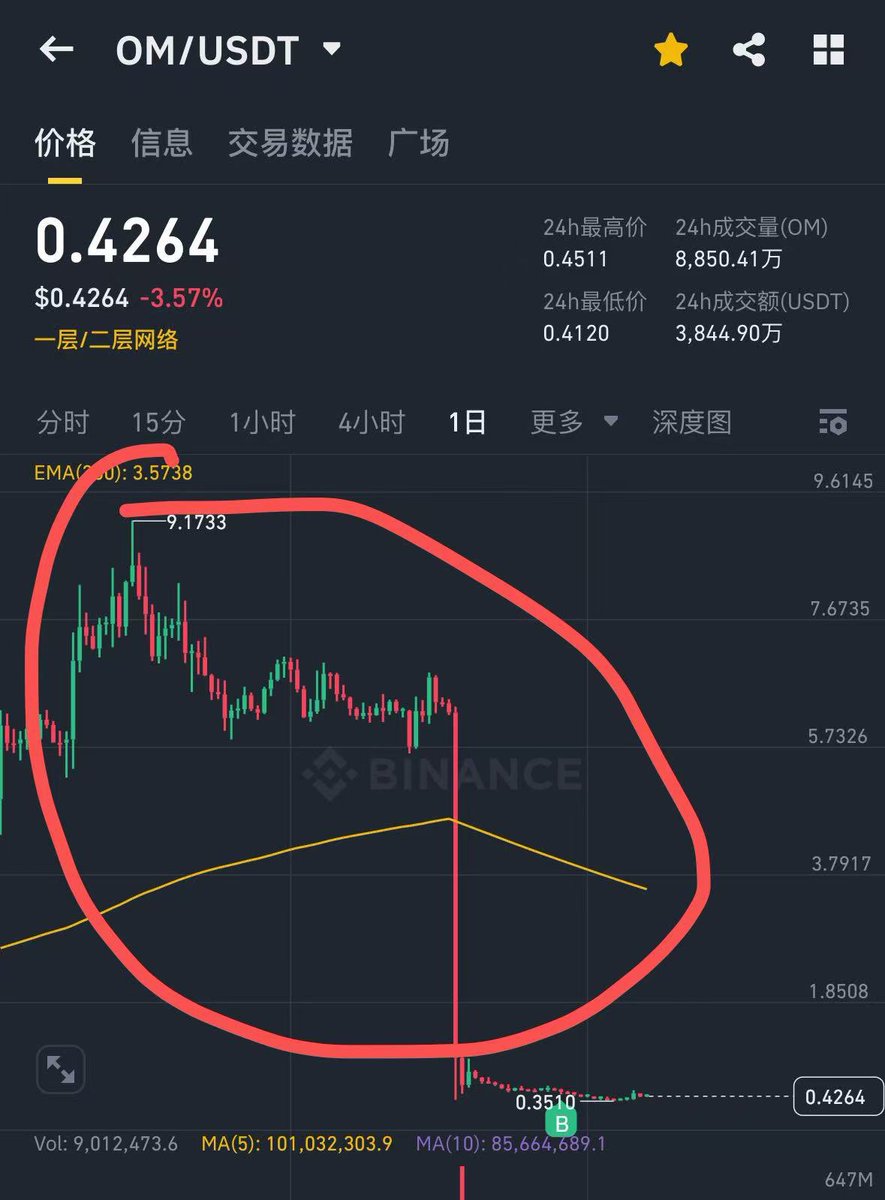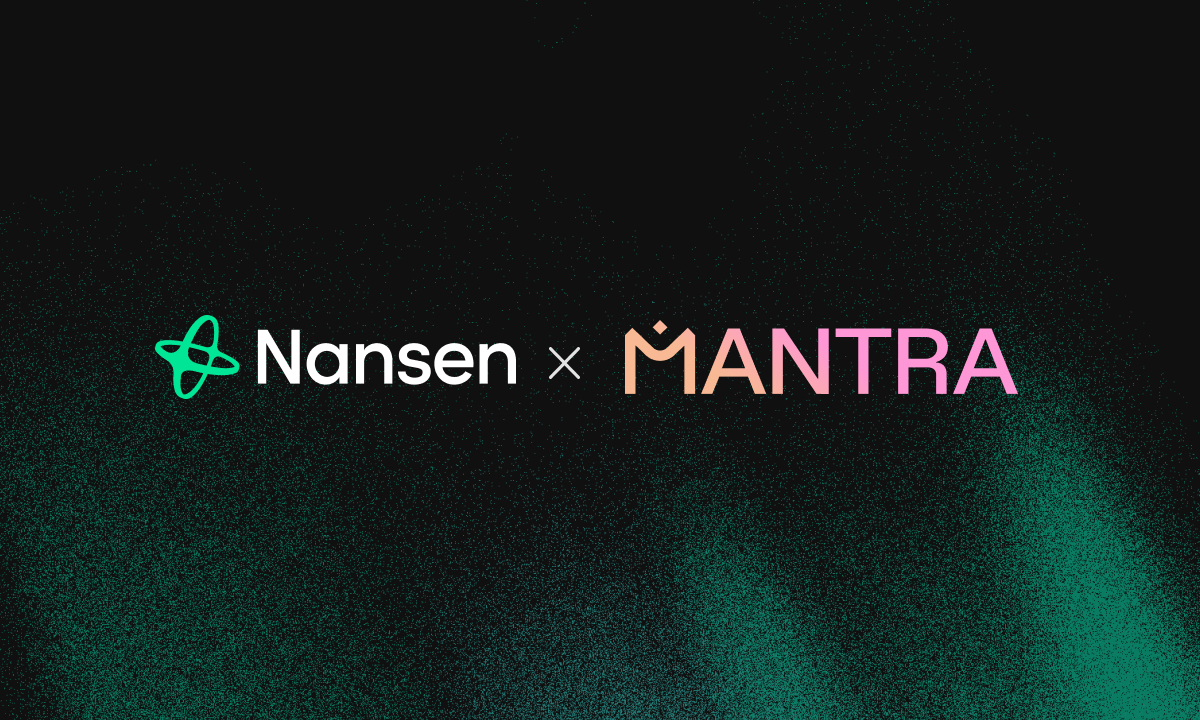
MantraDAO price

Disclaimer
OKX does not provide investment or asset recommendations. You should carefully consider whether trading or holding digital assets is suitable for you in light of your financial condition. Please consult your legal/tax/investment professional for questions about your specific circumstances. For further details, please refer to our Terms of Use and Risk Warning. By using the third-party website ("TPW"), you accept that any use of the TPW will be subject to and governed by the terms of the TPW. Unless expressly stated in writing, OKX and its affiliates (“OKX”) are not in any way associated with the owner or operator of the TPW. You agree that OKX is not responsible or liable for any loss, damage and any other consequences arising from your use of the TPW. Please be aware that using a TPW may result in a loss or diminution of your assets. Product may not be available in all jurisdictions.
MantraDAO market info
Market cap = Circulating supply × Last price

MantraDAO Feed















OM calculator


MantraDAO price performance in USD
Popular MantraDAO conversions
| 1 OM to USD | $0.41140 |
| 1 OM to EUR | €0.36751 |
| 1 OM to PHP | ₱22.9549 |
| 1 OM to IDR | Rp 6,806.75 |
| 1 OM to GBP | £0.30995 |
| 1 OM to CAD | $0.57492 |
| 1 OM to AED | AED 1.5111 |
| 1 OM to VND | ₫10,666.32 |
About MantraDAO (OM)
- Official website
- Block explorer
MantraDAO FAQ
MANTRA is a DeFi platform emphasizing community-driven governance, staking, lending, and more. It operates on Parity Substrate for Polkadot, aiming to create a decentralized financial ecosystem.
MANTRA employs transparent governance and offers various DAO and DeFi services, including treasury management, launchpad, DAO governance, staking, lending, and more, involving users in decision-making and financial activities.
You can buy OM tokens on a number of different spot trading markets. One example is OKX crypto exchange, which offers OM/USDT trading pair.
If you wish to purchase OM with fiat currencies, OKX has an “Express Buy” option that comes in handy. The platform also lets you use the Convert feature to convert your excess holdings to OM. Alternatively, if you want to convert OM into fiat, you can use the OKX crypto calculator to check the conversion rates.
Monitor crypto prices on an exchange
ESG Disclosure
OM calculator














